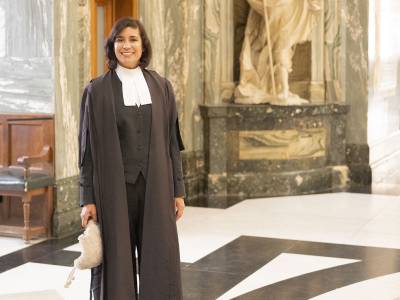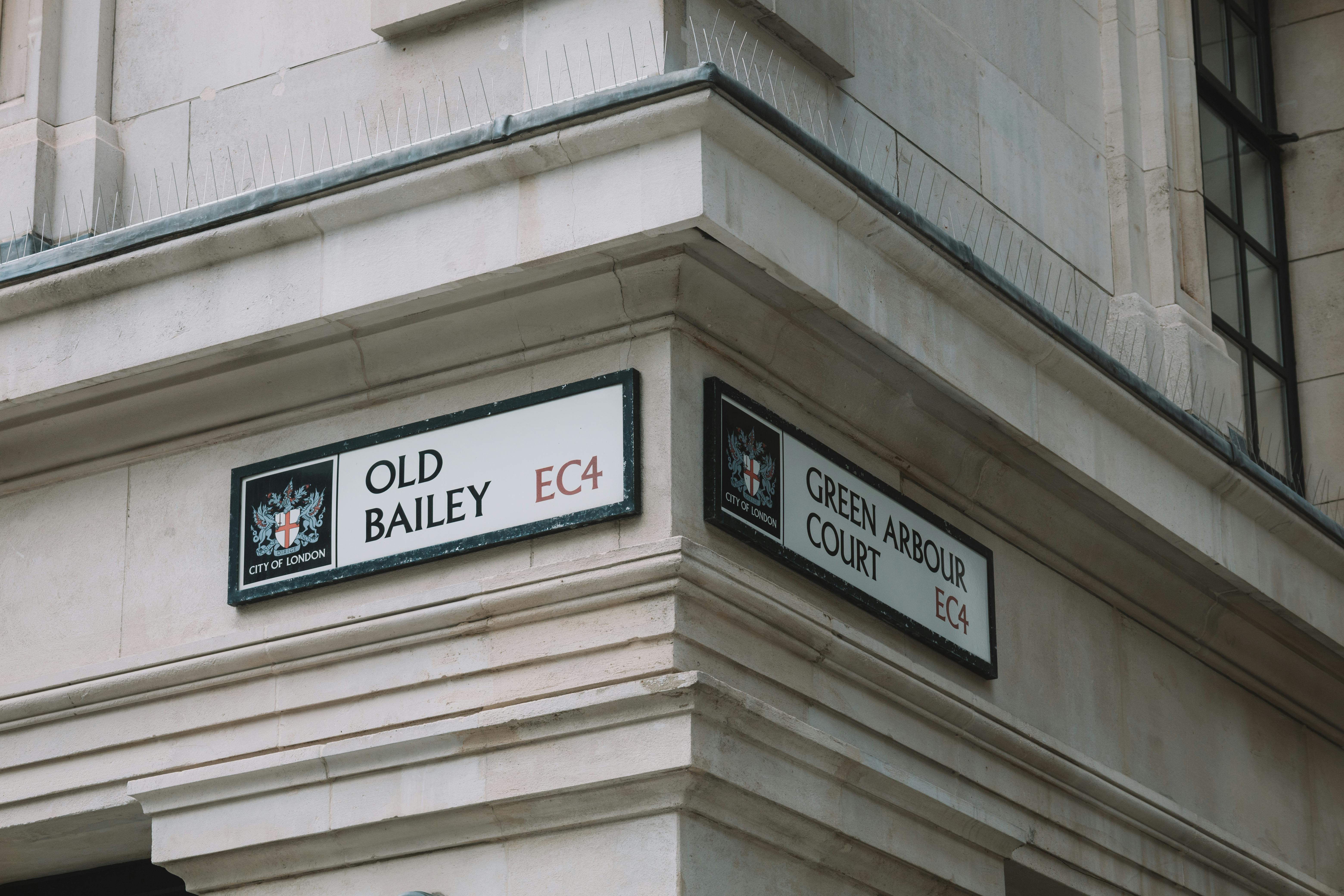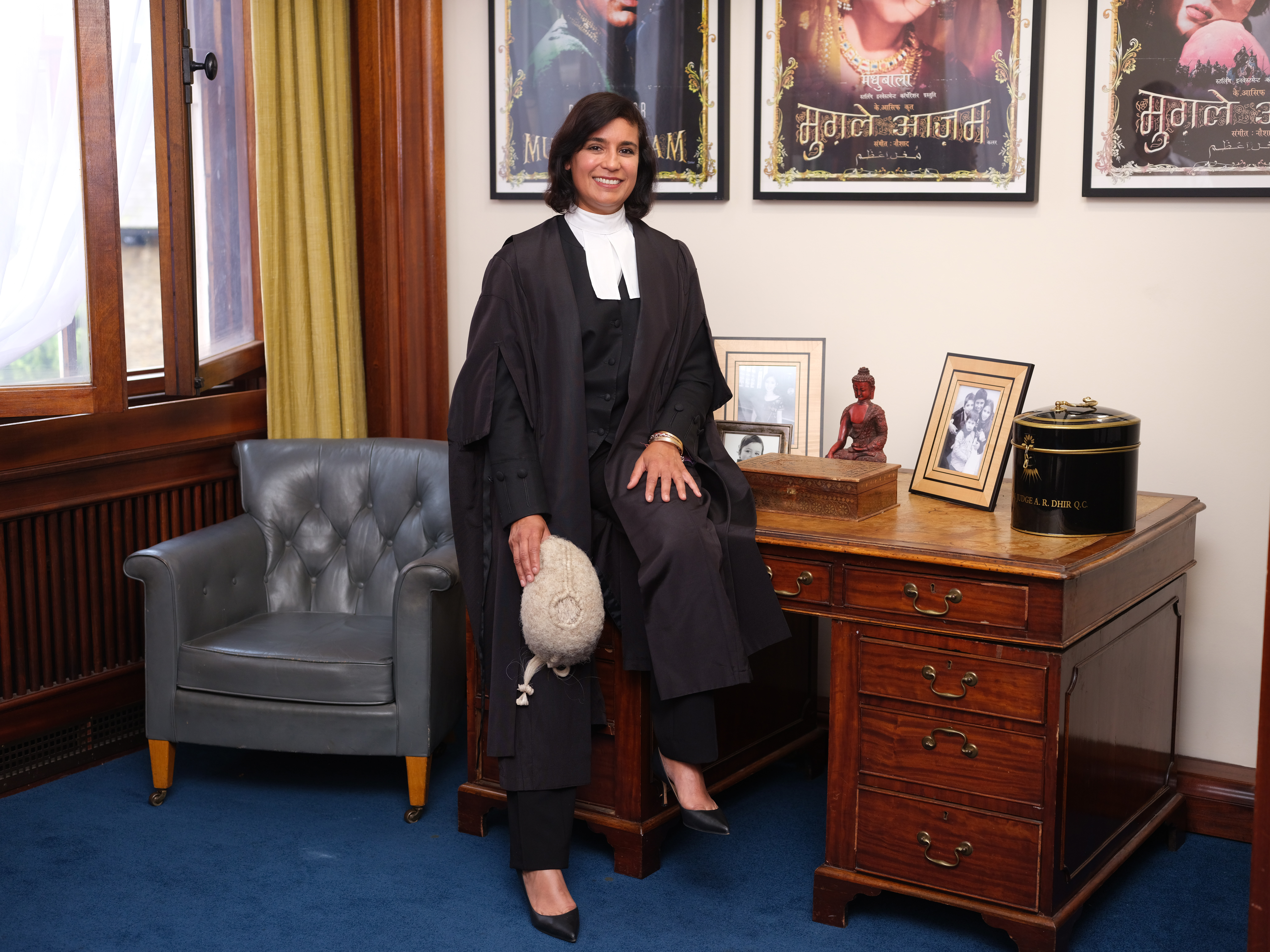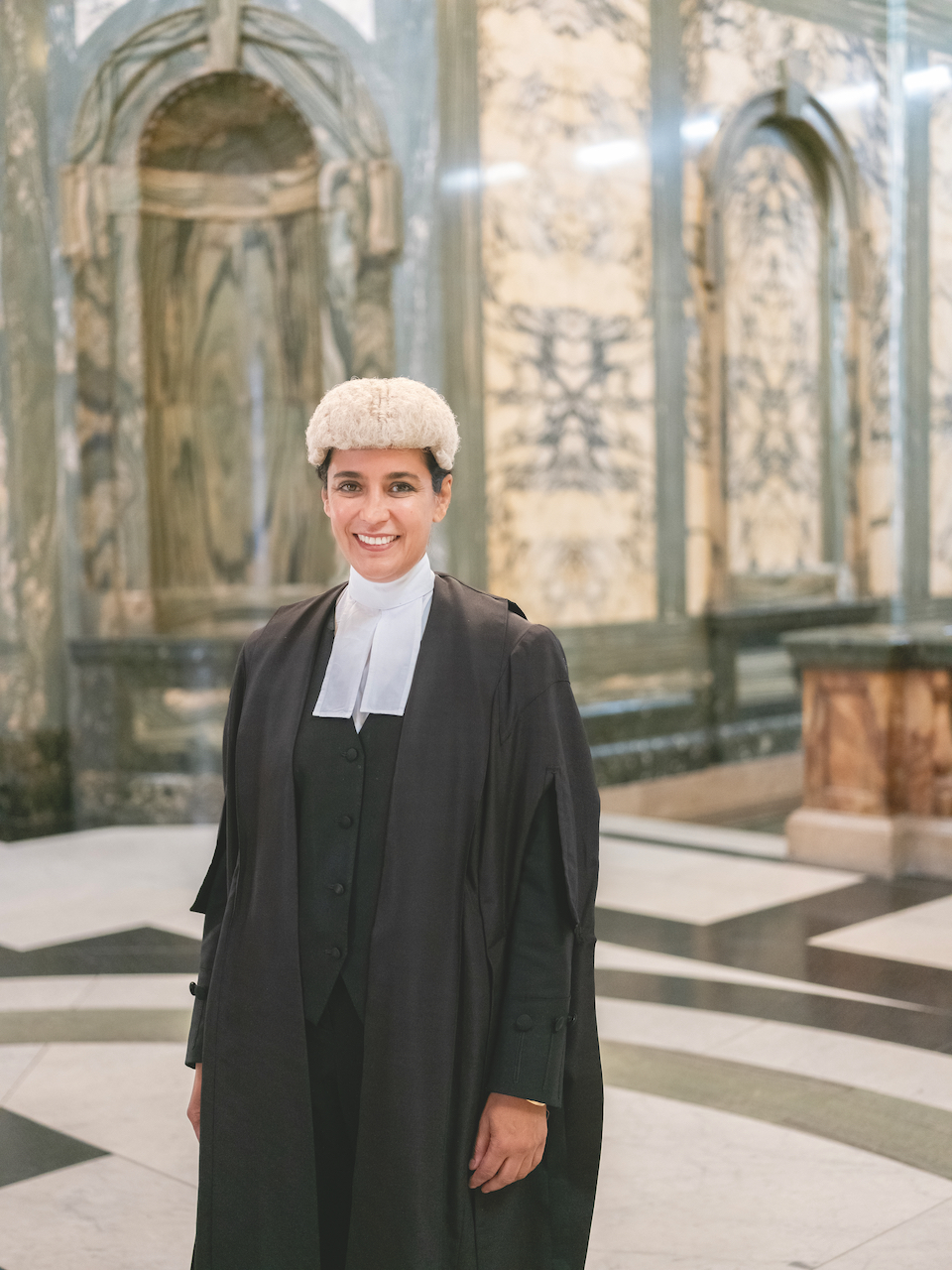I’m sitting in the most famous court in the world, the Old Bailey, with Judge Anuja Dhir KC in the judge’s seat. Directly ahead of her in the dock are four defendants, accused of the brutal knife murder of a 22-year-old in Croydon in 2021.
I’m in awe of Judge Dhir’s responsibilities, as well as the surroundings. The Old Bailey is the Central Criminal Court of England and Wales, determining the fate of people accused of the most heinous of crimes from London and the south-east. It’s been on this site since the 16th century.
Some of Britain’s most famous defendants have been tried here: from Oscar Wilde to Dr Crippen, William Joyce (‘Lord Haw Haw’), John Christie, the Kray Twins and the Yorkshire Ripper. Yet, despite presiding over this hallowed court, Judge Dhir is remarkably calm.
“Because all the cases at this court are particularly grave — they normally involve the death of a human being,” the judge says, “all of the cases are extremely sad as well as interesting, legally challenging and well-prepared. The cases either involve an intentional death, like a murder or an act of terrorism, or an unintended death such as a health and safety breach that’s led to a death. It is a privilege to be an Old Bailey judge and be trusted to preside over such serious cases.”









